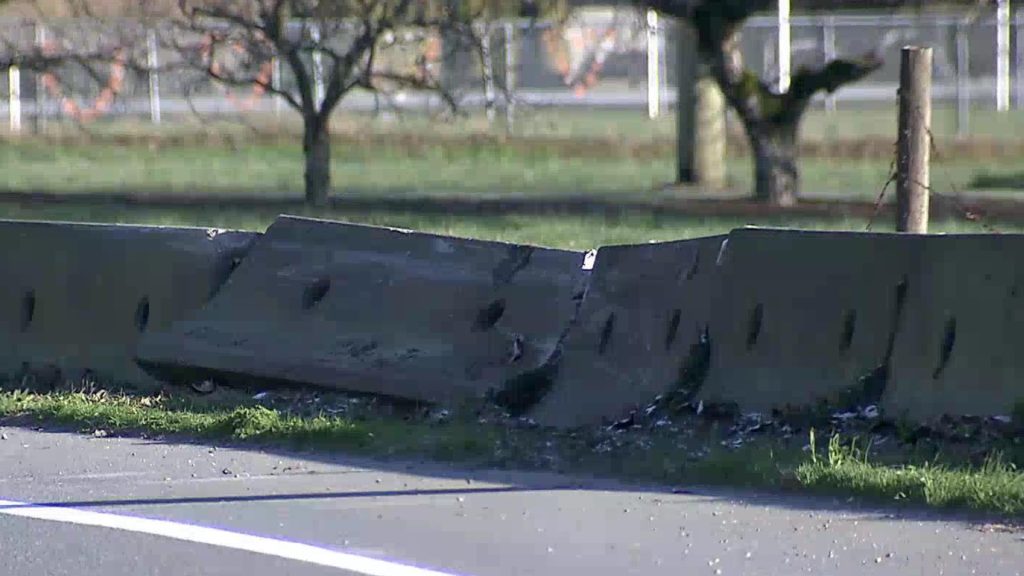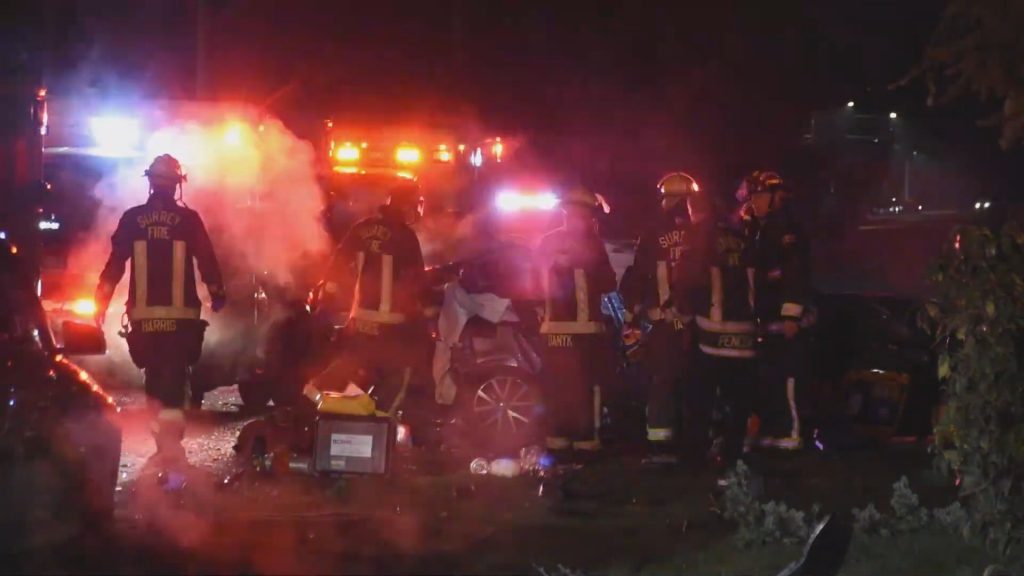Timeline of Catalan separatism that has rocked Spain
Posted October 18, 2019 10:05 am.
This article is more than 5 years old.
BARCELONA, Spain — Large demonstrations to protest this week’s conviction of 12 leaders of Catalonia’s swelling separatist movement turned violent at times.
The 12 were at the forefront of a secession attempt in 2017 that led to the biggest political crisis in Spain’s modern history.
Polls show that the 7.5 million residents in the prosperous industrial region remain roughly divided over the independence issue.
Here is a look at some key dates in the political crisis:
June 28, 2010 — Many Catalans are angered by a court ruling that watered downed a sweeping new law that gave more powers to its regional government.Pro-secession sentiment grows, fueled by Spain’s economic troubles.
Sept. 11, 2012 — Hundreds of thousands take to the streets of Barcelona to back independence.
Nov. 25, 2012 — In a first, political parties supporting independence win the most seats— but not the most votes— in the Catalan regional parliament.
Nov. 9, 2014 — After Spain’s government refused to authorize an independence referendum, Catalan authorities ignore a prohibition by the constitutional Court and hold a mock vote anyway. The regional president at the time, Artur Mas, and three Catalan Cabinet members were later fined for disobedience and misuse of public funds.
June 9, 2017 — Carles Puigdemont, Mas’ successor, announces plans for a “binding” referendum on independence. That is despite repeated warnings by central authorities and courts that it would be illegal. Spanish Prime Minister Mariano Rajoy vows to stop the vote.
Oct. 1, 2017 — Over two million people turn out at schools to vote in the referendum. Most of the Catalans who want to remain part of Spain stay at home. While Catalan police mostly stand down, Civil Guard and National Police officers in riot gear raid several polling stations, clashing violently with voters. Puigdemont claims an overwhelming victory for secession in the referendum.
Oct. 16, 2017 — A judge orders the arrest of separatist leaders Jordi Sànchezand Jordi Cuixart on suspicion of sedition.
Oct. 27, 2017 — Puigdemont considers calling a snap election to defuse the crisis, but he decides to plow ahead and the Catalan Parliament declares Catalonia an independent republic. No foreign power recognizes the declaration. Rajoy immediately invokes constitutional powers to take over Catalonia’s affairs, firing Puigdemont and his Cabinet.
Oct. 31, 2017 — Puigdemont and several members of his deposed Cabinet flee to Belgium. Puigdemont will go on to successfully fight extradition to Spain. He establishes residence in Waterloo.
Nov. 2, 2017 — A judge orders Puigdemont’s No. 2, Oriol Junqueras, and eight other members of the former Catalan government who did not flee to be taken into custody.
Feb. 12, 2019 — The trial of Junqueras, Cuixart, Sànchez, and nine associates begins at the Supreme Court in Madrid.
June 12, 2019 — The hearings conclude after questioning 500 witnesses, all broadcast live on television.
Oct. 14, 2019 — The Supreme Court issues a guilty verdict for all 12 and sends nine to prison. Junqueras receives 13 years for sedition and misuse of public funds. Eight more, including Cuixart and Sànchez, get sentences ranging from nine to 12 years. They are all acquitted of the most serious charge of rebellion which carries sentences up to 25 years. Separately, a judge issues an international arrest warrant for Puigdemont. Peaceful protests ensue, with riots breaking out for five days in a row in Barcelona and other towns.
Joseph Wilson, The Associated Press








